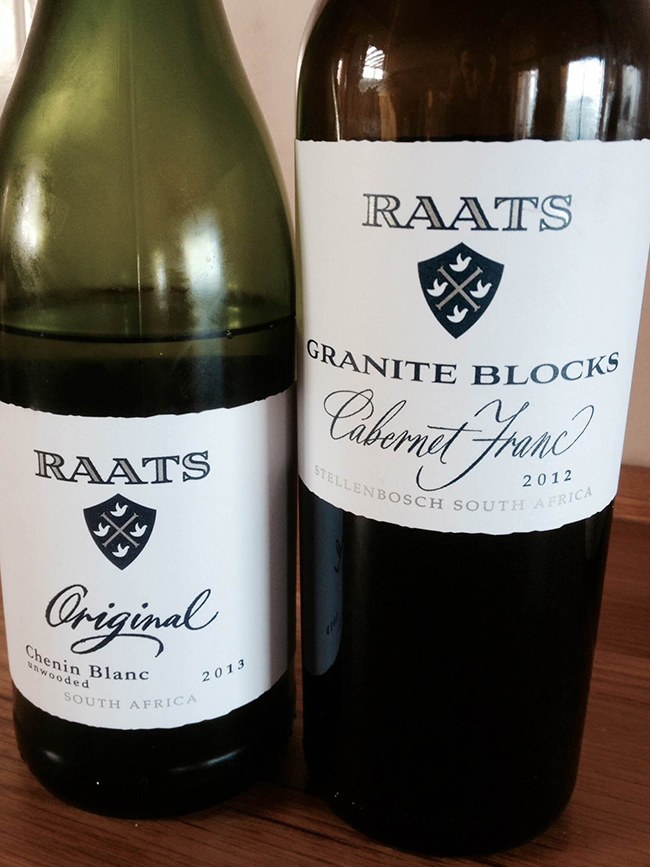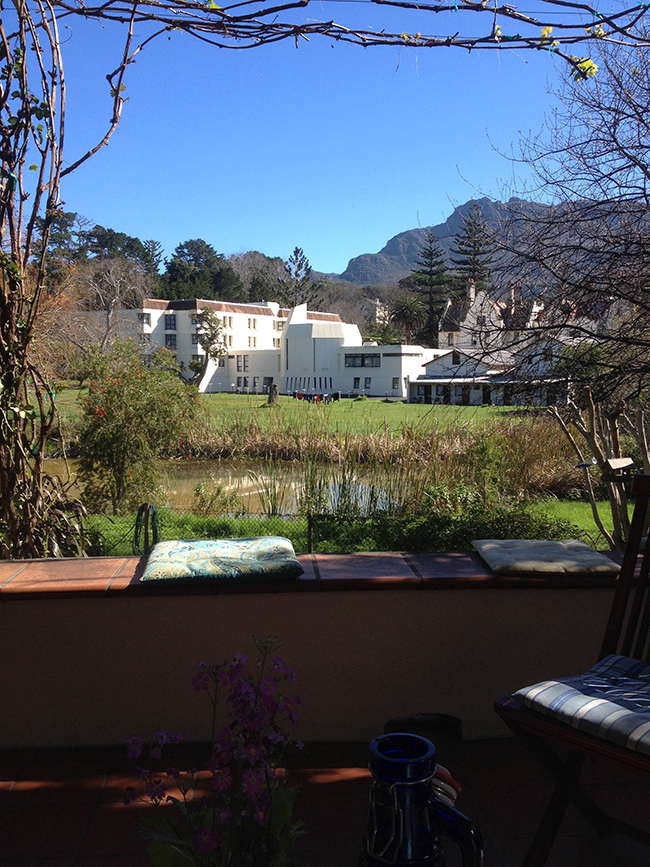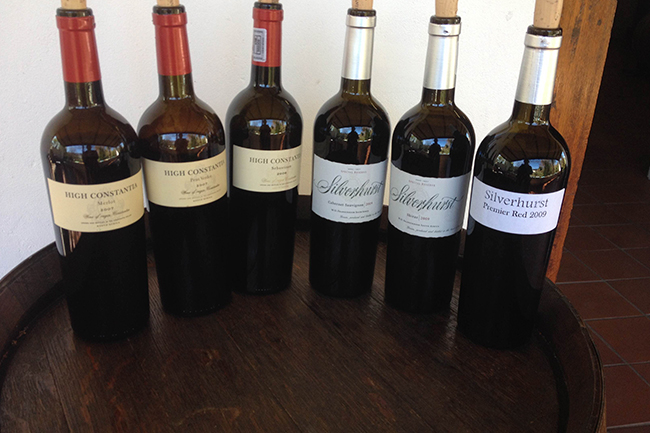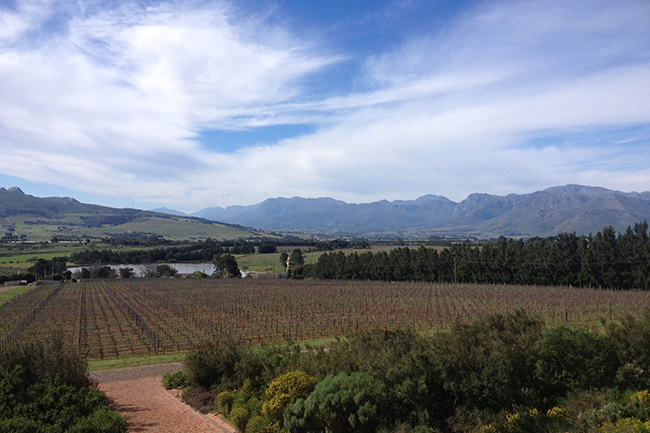Ed’s note: In celebration of Heritage Day yesterday, Caroline Knight takes a little trip down our wine industry’s memory lane…
It didn’t take Jan van Riebeeck long after landing at the Cape of Good Hope in 1652 to get vines into the ground – not far from where the Castle of Good Hope stands now – and reap and crush his first harvest of grapes in 1659. After much correspondence with head office in Amsterdam, he had finally persuaded them to send over vine cuttings under the premise that the grape’s fermented juices would provided medicinal qualities to scurvy-vulnerable sailors en route through the Cape on to the Spice Route.
And so the South African wine industry was born.
The Dutch
In 1679 Simon van der Stel (after which Simon’s Town and Stellenbosch were named) took over from JVR as governor of the Cape Colony. He set up his own wine estate at Constantia – now broken up into Groot Constantia, Klein Constantia and Bergvliet.
Plantings of Chenin Blanc, Semillon, Muscat of Alexandria and Muscat de Frontignan (of which Napoleon was very fond) were some of the first laid down in the Cape. And all those beautiful oak trees you see in leafy Constantia are thanks to Van der Stel, who planted them to protect his estate from the howling forces of the Kaapse dokter (the South Easter wind).
A few decades later, an influx of Frenchies on the run from political trouble in France brought with them their winemaking techniques, and the industry developed some more (with a little help from the Dutch, too).
The British
Then in came the British during the 1800s, and although the Brits were never skilled in the art of viticulture or oenology, they loved a tipple and provided SA with a large consumer base, both here and back in Pommie-land.
But come the end of the Boer war, the English packed their bags and headed home, taking with them the demand for the Cape’s wine. Not only that, but they signed a treaty with the French, making it no longer economically favourable for Europe to import SA wine over French wine. As if things couldn’t get worse, a pheloxera outbreak decimated the vines, resulting in a massive replanting of high yielding grape varieties like Cinsault (the grape that would later go on to give birth to Pinotage).
So SA had a shed-load of wine and no one to buy it. Such a surplus forced farmers to pour wine into the streets of Stellenbosch (imagine!) and into its rivers.
KWV
Enter Charles Koehler. 1917 was a year of revolution in which Koehler started setting up the Kooperratiewe Wynbouers-vereniging (KWV), a farmers’ cooperative, to save the SA wine industry from doom.
Minimum prices were established to make wine-farming worthwhile for the producers. The KWV masterminded ways in which the glut of booze could be sold on to foreign markets – fortified wines like port, liqueurs, sherry, brandy (SA’s love for brandy and coke explained?) and even Eau de Cologne were being shipped up to Europe during the 1920s. SA wine was saved.
In the 1960s, the KWV turned from a benevolent co-op run by the people, into a regulatory body appointed by the government to control the wine industry. Decisions about which vines were planted and where, harvest yields and how wine was produced were taken by people who knew nothing about viticulture. A wine farm owner had to get permission from the KWV to plant on his own land, and was then told which varietals to plant – regardless of whether that terroir was suitable for that grape! The KWV was suffocating the industry.
Rising from the ashes
The end of the dark Apartheid era in 1992 brought with it the end of the South African wine industry’s suffering. The KWV no longer controlled how the wine industry was run (becoming a private company in 1997), and winemakers could now innovate like they had never been able to do before. In 1990, 30% of grapes harvested made it into wine. The remaining 70% were simply thrown away, eaten or became brandy. Just over a decade later, that ratio was reversed, with 70% of the grapes being turned into wine.
Pretty amazing that a country so ravaged politically until 20 years ago can already be producing the wine at the quality levels we are enjoying today. It’s a reflection of the creative zeal its inhabitants possess – and all this achieved from scratch by the winemakers themselves, without any financial support from the state.
Proudly South Africa
Yet to try SA wine? Here are some must-try producers:
Ken Forrester Big on Chenin Blanc, hearty Rhone reds and a dessert wine to make you cry with joy.
Raats Family Wines Bruwer Raats focuses on making Chenin Blanc and Cabernet Franc to a level of quality that has seen his Cab Franc placed in the Top 5 Cabernet Franc of the world for eleven years running.
Meerlust No everyday drinkers here. This is wine in the upper echelons of wine the world over. Just don’t think in Rands when you buy….
Glen Carlou Unusual, bold and delicious meets high quality. Not everywhere can one find a single varietal Petit Verdot.
Beaumont Skilled at making a range of wine styles very well, from wooded Chenin Blanc to a luscious Mouvedre and on to a stunning Cape Port.
High Constantia A testament to the fact that South Africa can produce solid wines with Old World elegance.





Photography Caroline Knight, @Jan1652

